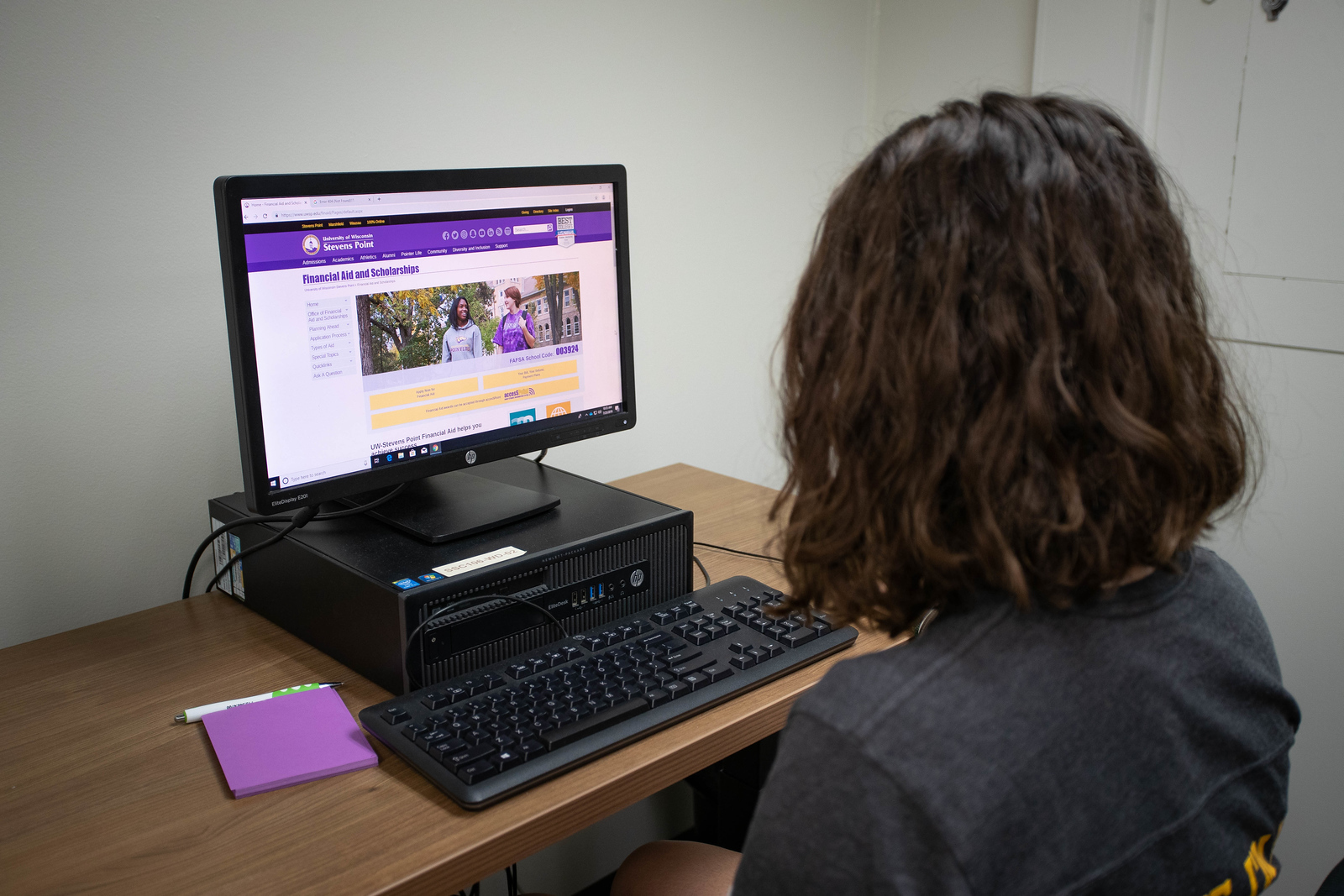
In 2024, FAFSA will be launching a new form involving some major changes and improvements. The official launch date will be December 31st, 2023. It has been transformed into a more streamlined experience for students and their families.
Here is what’s new with the upcoming FAFSA Form:
The Expected Family Contribution (EFC) will be replaced with the Student Aid Index (SAI).
The new need analysis formula uses a different measure of students’ ability to pay for college and how much aid a student will receive.
The form for 2024-25 will expand eligibility for federal aid due to updated calculations.
Federal Pell Grant eligibility will be expanded to more students and will link eligibility to family size and the federal poverty level. Incarcerated students in federal and state facilities will also regain the ability to receive Pell Grants.
Applicants will be allowed to skip as many as 26 FAFSA questions.
Depending upon each unique circumstance, applicants will be able to skip as many as 26 FAFSA questions. Some applicants will only need to spare about 10 minutes filling out the form!
The FAFSA Simplification Act also removes questions about Selective Service registration and drug convictions. It also adds questions about applicants’ sex, race, and ethnicity, which have no effect on federal student aid eligibility (starting with the 2023–24 award year).
Contributors
New term “contributors” are anyone required to give consent or approve their tax information being shared from the IRS. Contributors can include parents, stepparents, spouses, guardians, etc. Whoever the contributor is, they will need to fill out their own section on the application.
To list someone as a contributor, you will need their full legal name, social security number, date of birth, and email.
Federal tax information will be directly transferred over from the IRS.
Both the student and contributor(s) will need to fill out the consent section to have their information transferred over. Everyone (students and each contributor) is required to have their own StudentAid.gov account and fill out their own consent section.
Viewing application status
Students will be able to view their FAFSA status after turning in the application to see where it is in the process
Sending FAFSA Information
Students will also be able to send their FAFSA information to up to 20 colleges, career schools or trade schools.
To find out more about FAFSA changes, students or contributors can either log in to their StudentAid.gov account and confirm their email address, or they can follow Federal Student Aid on social media platforms.
